

A large bird covered in a suit of deep rich ultramarine blue topped off with a striking black mask and bright red eyes!
Meet the Masked flowerpiercer
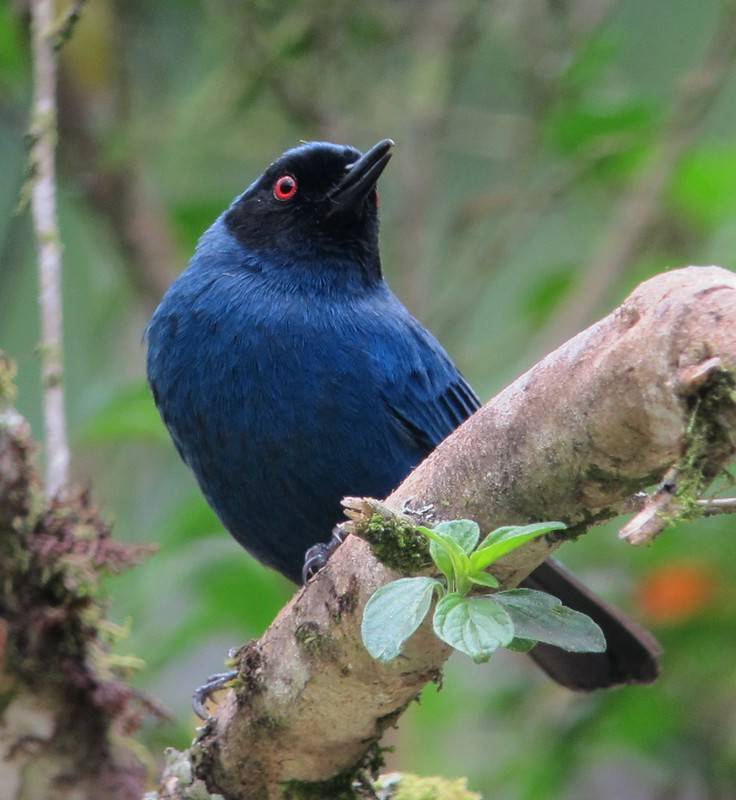
Photo Courtesy of Félix Uribe/CC BY-SA 2.0 The masked flowerpiercer (Diglossa cyanea), is a species of bird in the tanager Thraupidae family. The male is covered in rich ultramarine plumage topped off with a black mask extending across his forehead, and down the sides of his head behind the eye. The main wing-coverts, flight feathers, and tail are black, edged in blue.
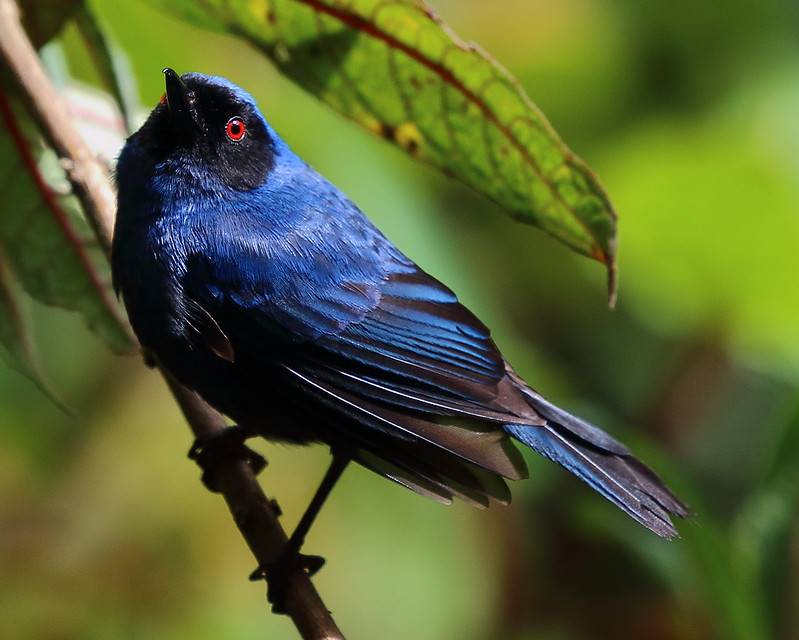
Photo Courtesy of ryanacandee / CC BY 2.0The female resembles her male counterpart, though she is slightly duller.
Juveniles are duller, with almost all dark grey underparts.
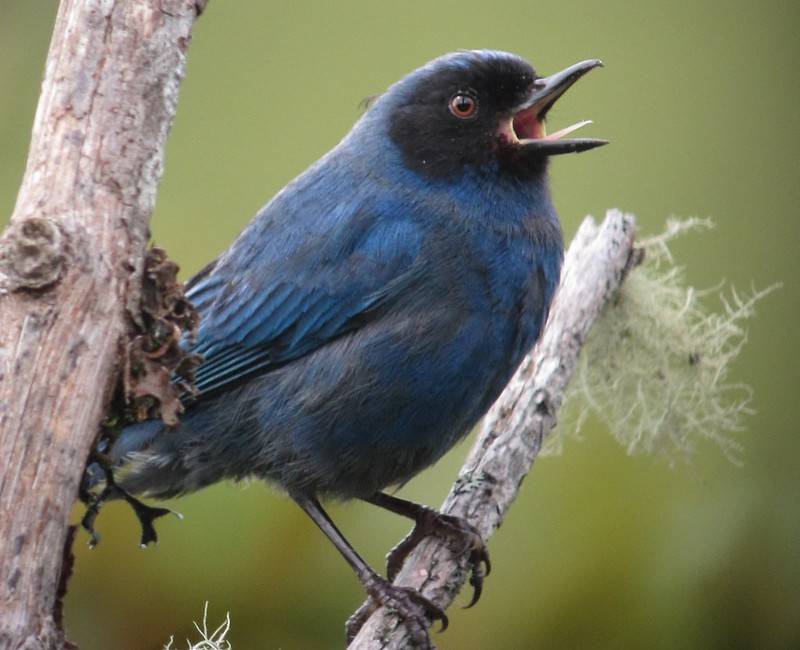
Photo Courtesy of Félix Uribe/CC BY-SA 2.0These birds are endemic to South America, found in Colombia, Peru, Ecuador, Bolivia, and Venezuela.
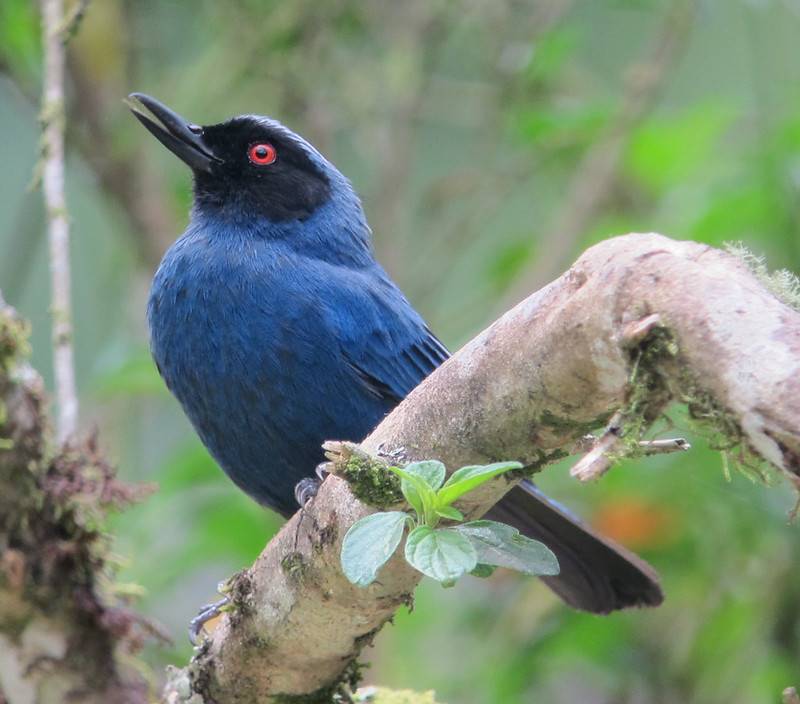
Photo Courtesy of Félix Uribe/CC BY-SA 2.0The Masked Flowerpiercer prefers to inhabit humid forests in and along the borders, in mountainous areas and shrubby wooded areas right up to the tree line, at altitudes between 1,800 to 3,300 meters.
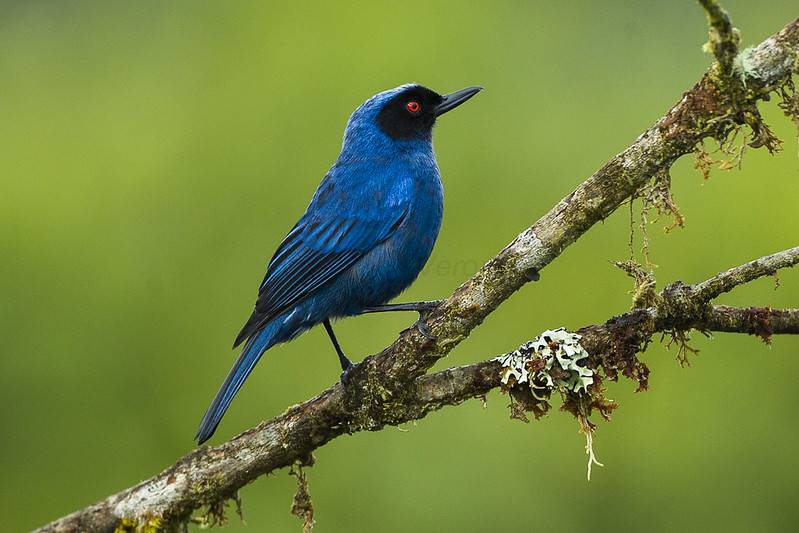
Photo Courtesy of Francesco Veronesi/CC BY-SA 2.0The Masked Flowerpiercer dines mainly on nectar and small fruit, but will also feed on seeds and various insects.

Photo Courtesy of ryanacandee / CC BY 2.0Masked Flowerpiercer's breed between June and September, however, breeding can continue right through to December, March, and April in Venezuela and Colombia. They build an open cup-shaped nest, usually in a bush, with grass and moss, lined with plumage. Pale green-blue eggs, spotted with red and lilac spots are laid within.
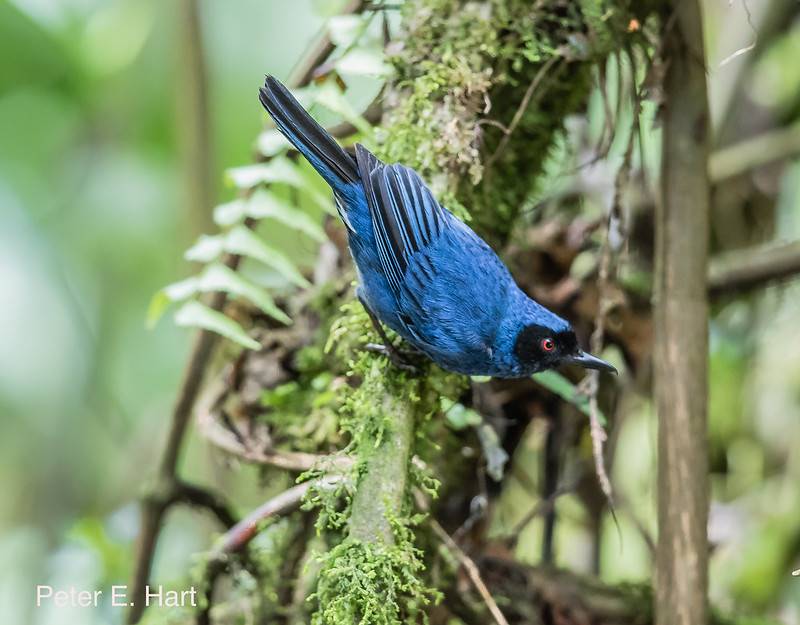
Photo Courtesy of PEHart/CC BY-SA 2.0The population is thought to be stable, and currently, with a large range, the Masked Flowerpiercer is evaluated as Least Concern on the IUCN list.

